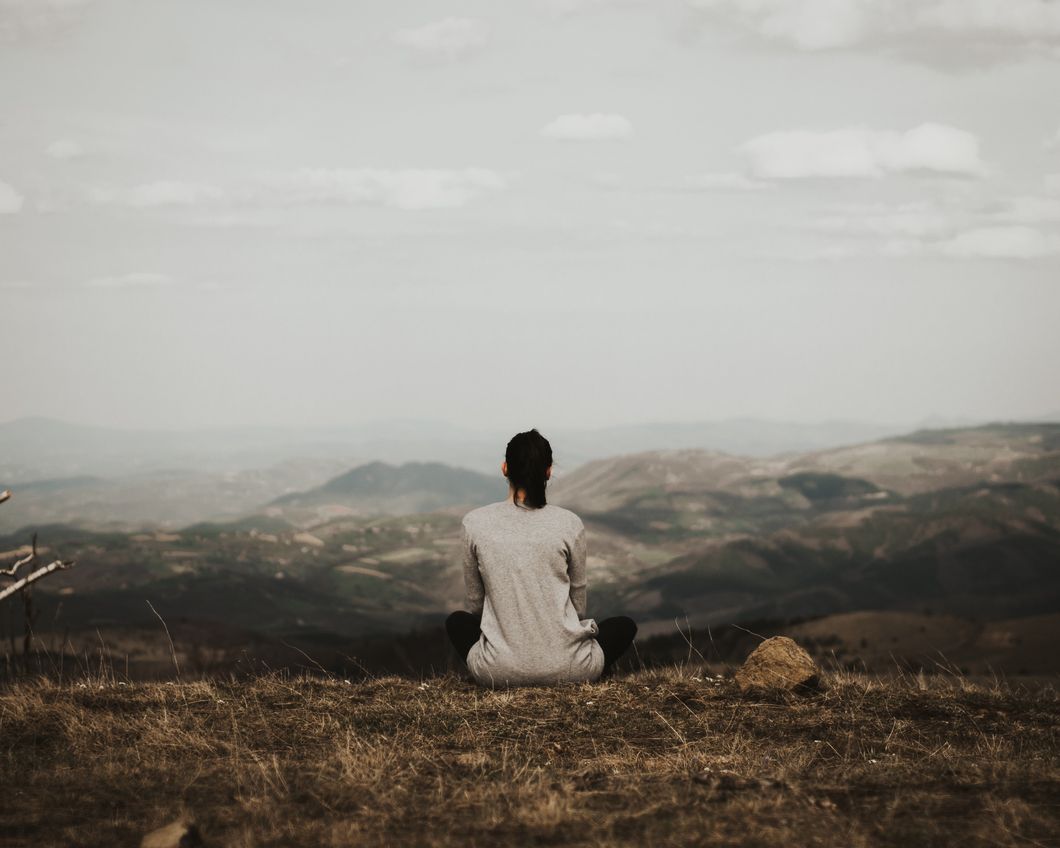Our society has been witnessing a wave of self-help, self-care, and mental health advocacy. Visit your Instagram feed and there's likely to be at least one inspirational quote. Do a quick google search and you'll find millions of tips and methods for taking care of yourself.
One of the oldest of these methods, meditation, has been around for thousands of years. It's a beautiful practice and, contrary to popular belief, you don't need to be a specific "type" of person to utilize it. You don't need to be a monk or a yogi, you don't have to drink kombucha and buy succulents. Meditation is for everyone in all walks of life.
We live in an imperfect world where it's impossible to avoid stress, and at some point, all our heads get a little chaotic. Meditation is a great way to combat that.
Common Misconceptions
The goal of meditation is not to "clear your mind". If that happens, cool. However, it's more about recognizing your thoughts and feelings without letting them take over. It's also about being present; recognizing your surroundings and how your body feels.
Meditation is difficult at first, which is why it's referred to as a practice. It's something that you can't do wrong but can get better at.
Beginning Your Practice
There are lots of apps out there that help guide you through the meditation process, debatably the most popular being Headspace. I've been using it for a while now and their method really works for me. Their sessions are 3, 5, or 10 minutes long, and are structured to target an area of your choosing (like sleep or stress).
Headspace has limited options for what they call "courses" unless you purchase their subscription. However, after spending a few weeks using their free version, you will easily get the method down and be able to guide yourself.
Another way to kick off your meditation practice is to attend a yoga class. If you've never done yoga, it's a great way to connect to your body and many classes end with a short guided meditation session. If you're already doing yoga regularly, maybe search around for a class that includes meditation.
If you're not ready to jump into full-on meditation yet, steer by being more present in your daily life. Instead of trying to do multiple things at once, focus on one thing at a time. Instead of working through your lunch hour, use that time to eat mindfully and focus on how your body currently feels. Put down the phone and do some reading, painting, coloring, or writing instead.
Taking small steps toward mindfulness will make starting meditation a little easier.
Whether you think you need it or not, meditation is something everyone should give a try. Put aside your biases about it and give in to the practice. Good luck and namaste!




















